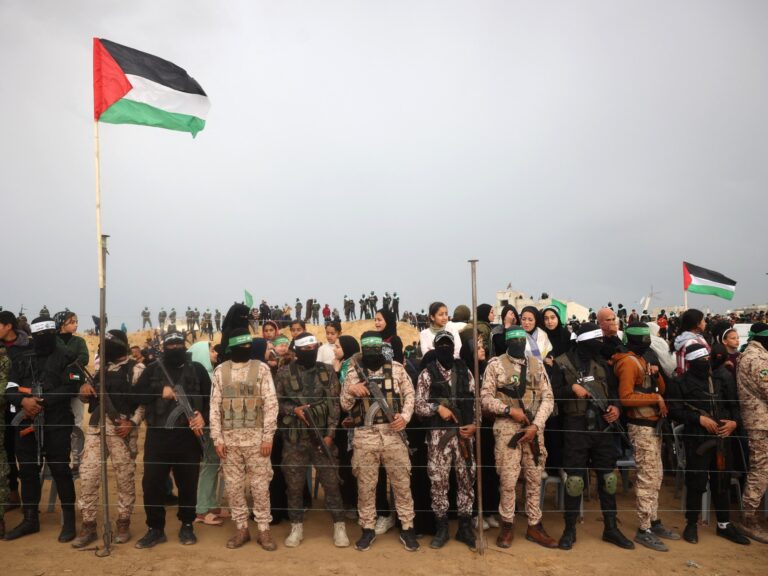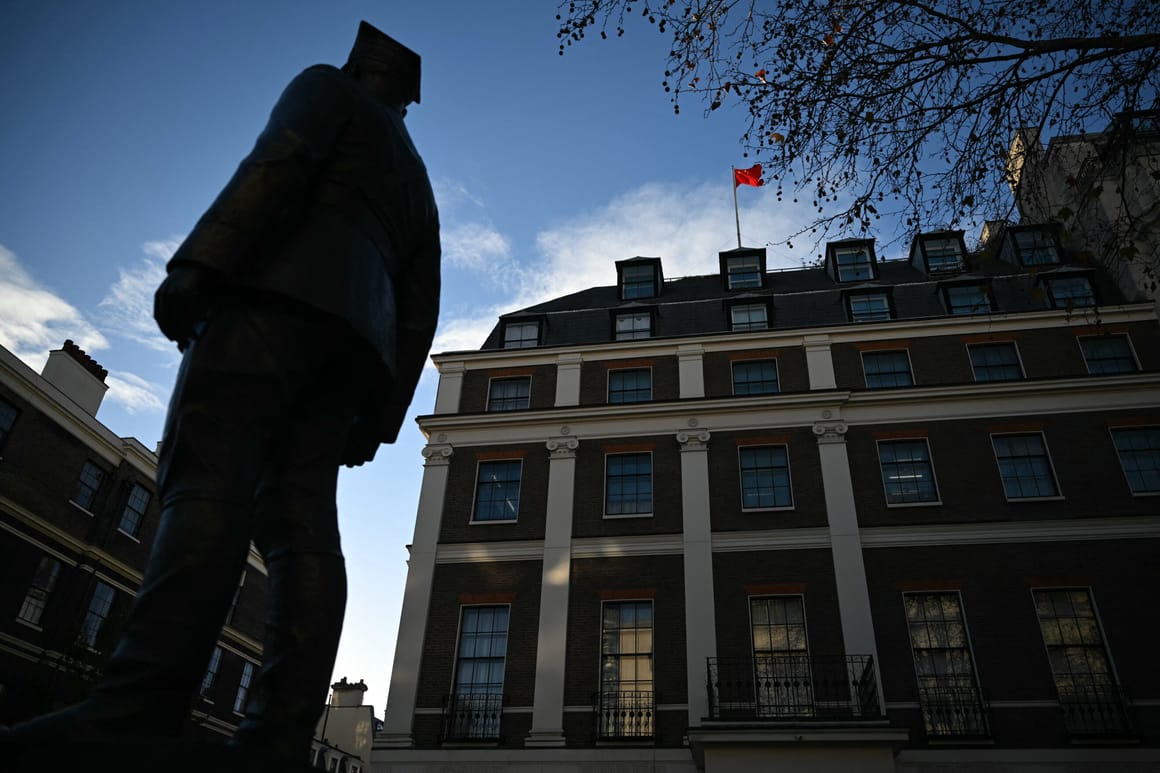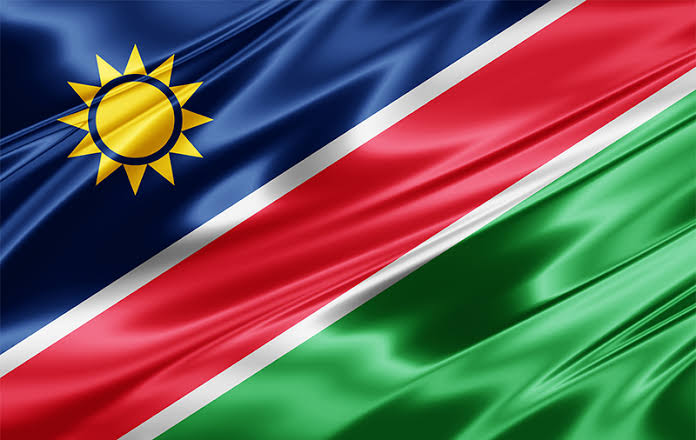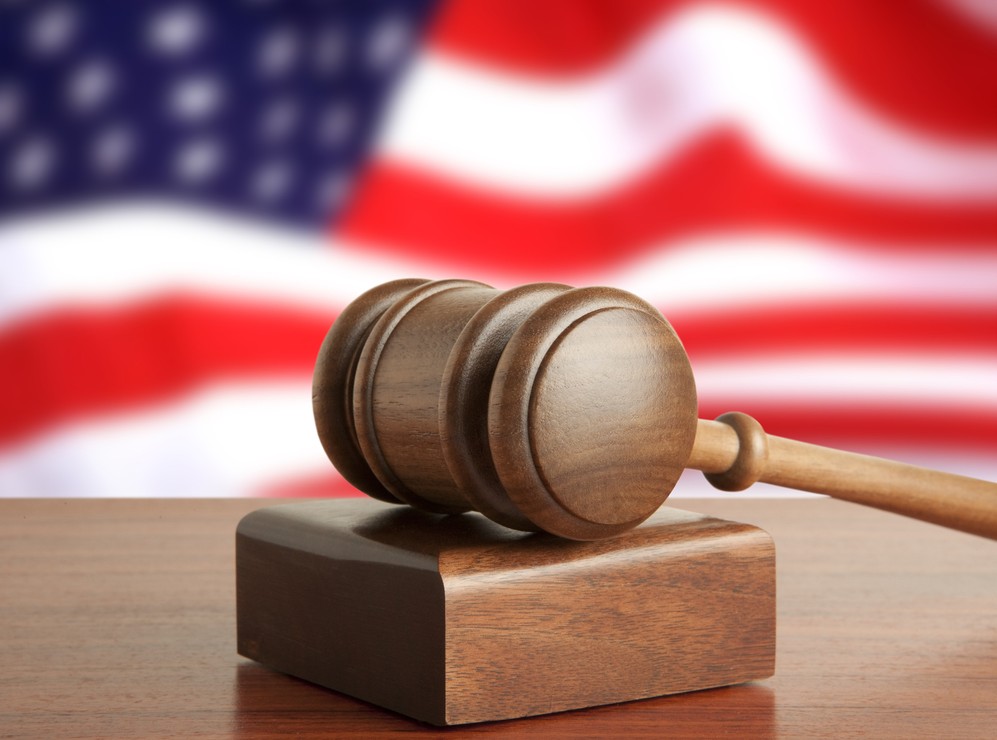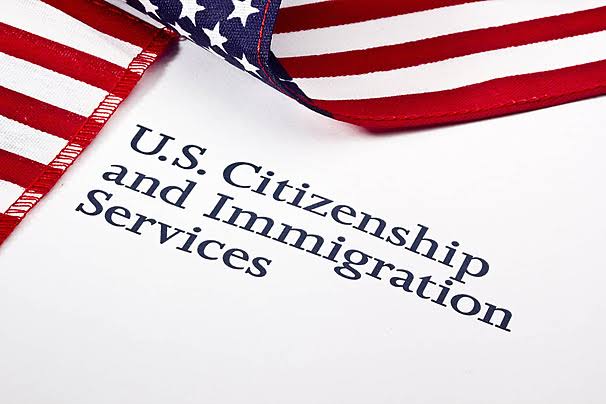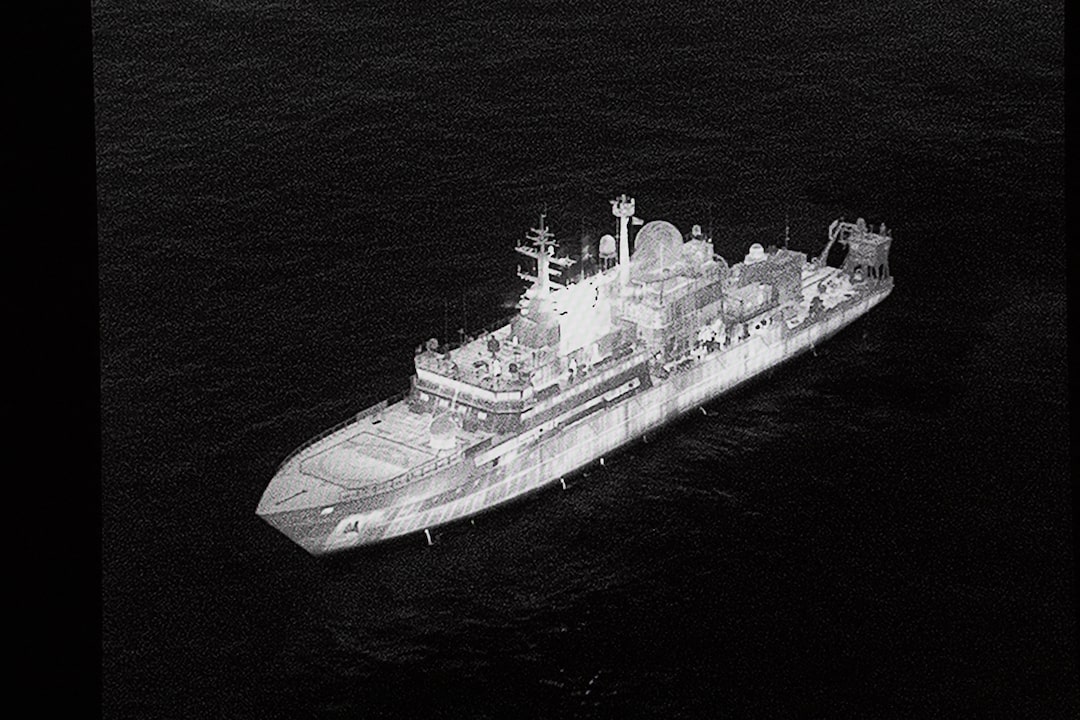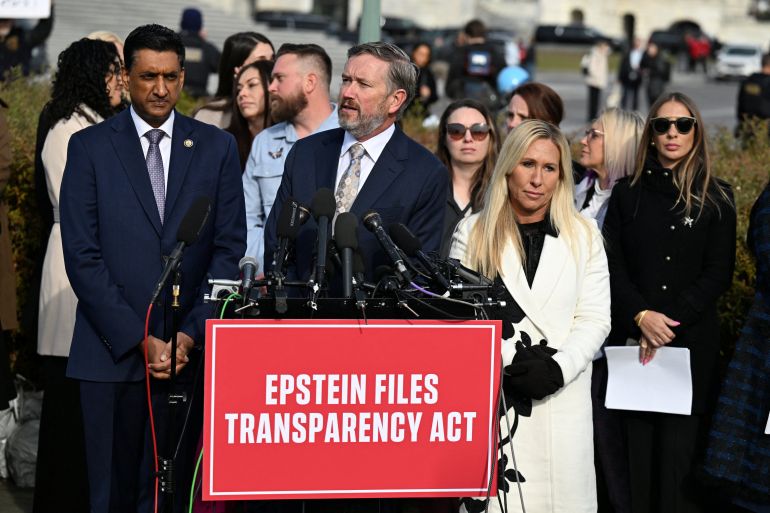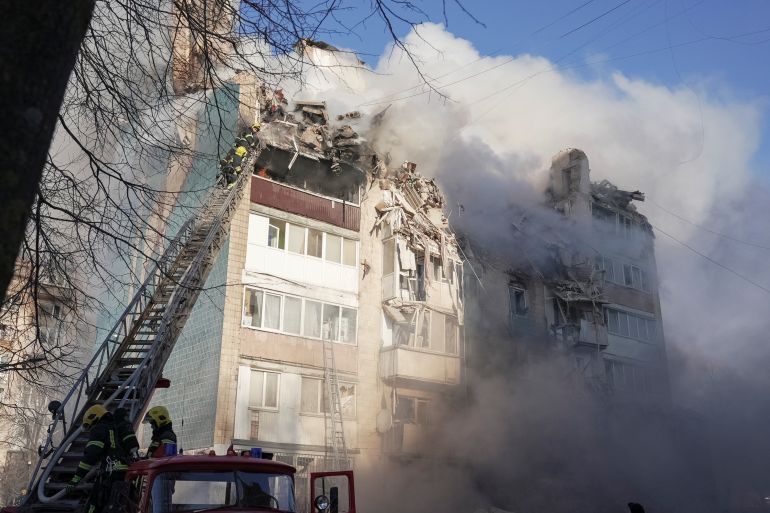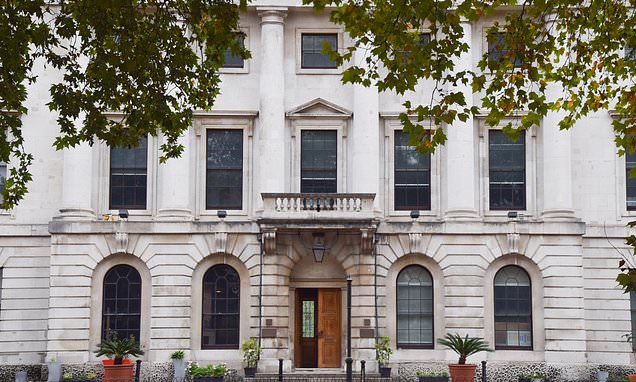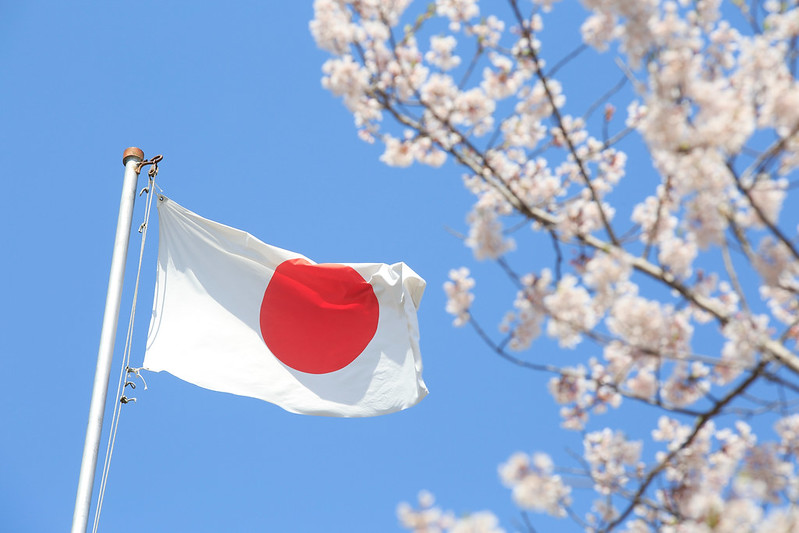Questions are mounting over the future role of several armed groups that have surfaced across Gaza in recent months, positioning themselves as anti-Hamas forces and potential partners in the territory’s next political chapter. These groups range from clan-based networks and criminal gangs to newly-formed militias operating within areas currently controlled by Israeli forces. Some have received quiet support from Israel, while others are believed to have indirect backing from elements within the Palestinian Authority.
Despite their growing influence, none of these militias have been formally included in the peace plan put forward for Gaza’s post-conflict administration. The proposal envisions an International Stabilisation Force and a newly trained Palestinian police force to take responsibility for security—leaving these independent groups in a grey zone.
One of the most prominent factions is led by Yasser Abu Shabab, whose Popular Forces operate near Rafah. Videos circulated online show his deputies speaking as though they expect a future role coordinating with the international body set to oversee Gaza under the plan.
Another rising figure is Hossam al-Astal, leader of the Counter-Terrorism Strike Force near Khan Younis. Al-Astal has openly claimed that American representatives assured him his fighters would play a part in Gaza’s future police structure. While US officials have declined to confirm these discussions, al-Astal’s confidence is unmistakable. His group, though small, maintains a well-supplied base and has seen an influx of families relocating to its newly built tent city.
Al-Astal, who once worked for the Palestinian Authority, acknowledges coordination with Israel for supplies—food, weapons, and logistics—but rejects accusations that his group acts as an Israeli proxy. He insists that supporters from “all over the world” contribute to funding the movement. He describes his faction as the “alternative to Hamas” and expresses readiness to cooperate with any side that shares the goal of reshaping Gaza.
Families who have joined his encampment describe the move as both an escape from Hamas-controlled zones and a calculated step toward what they believe will become Gaza’s new political order. But tensions remain high. Some residents who crossed into areas under Israeli control say relatives still living in Hamas-run districts question their decision, fearing reprisals or miscalculations about the future.
Read Also: Hugging Face CEO Clem Predicts “LLM Bubble Not AI Collapse”
Gunfire near these encampments is a constant reminder of the volatility. Yet many in these groups insist they feel safer within the zones overseen by Israeli forces, convinced they are unlikely targets.
As the peace plan advances, the role of these militias remains unclear. They operate outside the formal framework yet see themselves as key players in the “new Gaza” being shaped—ready to step in, align with international actors, or fill any vacuum left in the political landscape. Their growing confidence suggests they do not intend to remain on the sidelines for long.

